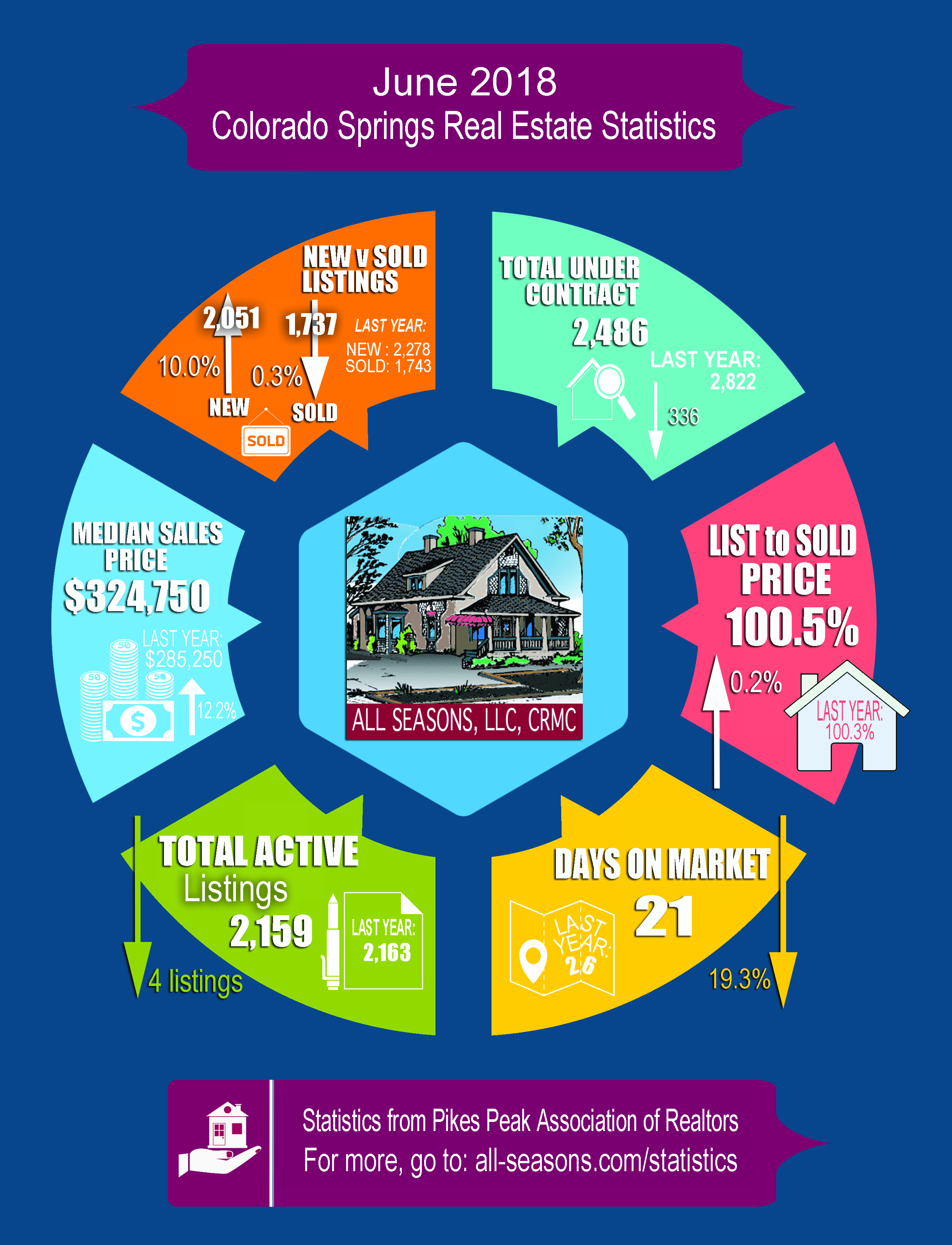As you expect the next five years in property preparation, brace yourself for a landscape shaped by technological improvements, changing demographics, and a growing concentrate on sustainability. Virtual reality scenic tours and artificial intelligence are simply the start. The future holds a tapestry of advancement waiting to change just how we consider building and area growth. Keep tuned for a peek right into what lies in advance in the realm of realty planning.
Technological Innovations in Real Estate
When thinking of the future fads in realty preparation, it's vital to take into consideration the influence of technological advancements. Advancements in innovation are revolutionizing the property industry, altering the means homes are gotten, sold, and took care of.
mouse click the up coming article allow possible purchasers to explore properties from the comfort of their homes, conserving time and making the process extra efficient. In addition, artificial intelligence is being made use of to assess market fads and predict future residential or commercial property worths, aiding investors make educated choices.
Smart home innovation is an additional substantial growth shaping the real estate landscape. From energy-efficient home appliances to protection systems that can be regulated remotely, these features are ending up being significantly preferred among property buyers. In addition, blockchain technology is streamlining deals by supplying protected and transparent methods for conducting realty bargains.
Embracing these technical advancements will be crucial for real estate planners to stay affordable and fulfill the developing requirements of customers. By integrating https://patch.com/missouri/clayton-richmondheights/capes-sokol-recruits-prominent-estate-planning-attorneys-new-practice-group into their techniques, specialists can enhance the total experience for purchasers, sellers, and financiers alike.
Transforming Demographics Affecting Preparation
With demographic changes influencing property preparation, it's necessary for professionals in the industry to adapt to changing population patterns. As the populace ages, there's a boosting demand for age-friendly housing and features. Child boomers are scaling down, looking for walkable communities with accessibility to medical care and pastime. This trend is also seen with millennials, that focus on benefit and sustainability, driving the need for mixed-use advancements and eco-friendly rooms.
In addition, the raising variety within the population asks for more inclusive planning techniques. Culturally diverse neighborhoods call for areas that deal with different preferences and traditions. Real estate experts need to consider these aspects when creating and marketing homes to ensure they reverberate with a broader audience.
Furthermore, the increase of remote job is reshaping housing preferences. With even more people working from home, there's an expanding demand for office, high-speed internet access, and flexible space.
This shift is influencing the development of suv and rural areas as feasible alternatives to metropolitan living. Adjusting to these transforming demographics will certainly be critical for effective realty planning in the coming years.
Lasting Growth Practices
The evolving landscape of realty planning is significantly focusing on lasting growth methods. As you expect the next five years, integrating sustainable components into real estate tasks will certainly be vital. Welcoming lasting practices not just profits the setting but also improves the worth and charm of homes.
Buying energy-efficient innovations, using green products, and advertising green rooms are coming to be basic methods in real estate advancement. These campaigns not just reduce the carbon footprint of structures yet additionally bring in environmentally-conscious lessees and buyers.
Lasting structures are extra cost-efficient in the long run, as they take in less power and resources, leading to lower operational costs.
Additionally, integrating lasting features can distinguish your real estate jobs in a competitive market. https://www.liveinternet.ru/users/lyhne_peterson/post509291185 are progressively focusing on sustainability, and homes that align with their values are most likely to attract attention.
Conclusion
In the following 5 years, real estate planning will certainly continue to evolve with technological improvements, changing demographics, and a concentrate on sustainability. Virtual reality trips, expert system, age-friendly real estate, and eco-friendly features will certainly form the future of the market. Remain ahead of the curve by accepting development, inclusivity, and sustainable practices in your property planning initiatives. The future is intense for those that adjust to these patterns and embrace the chances they bring.
